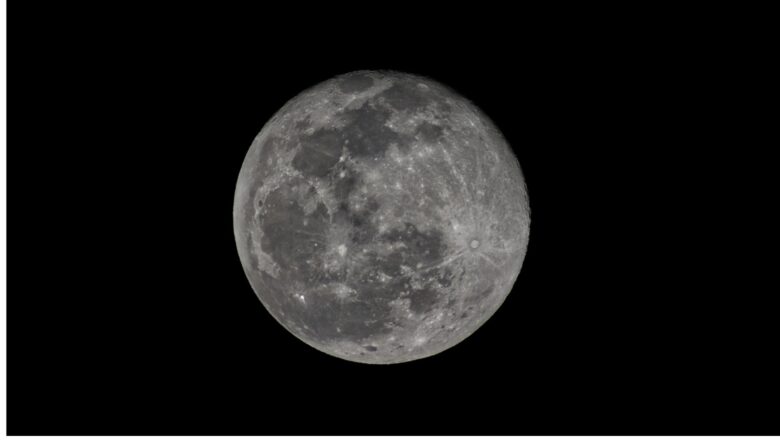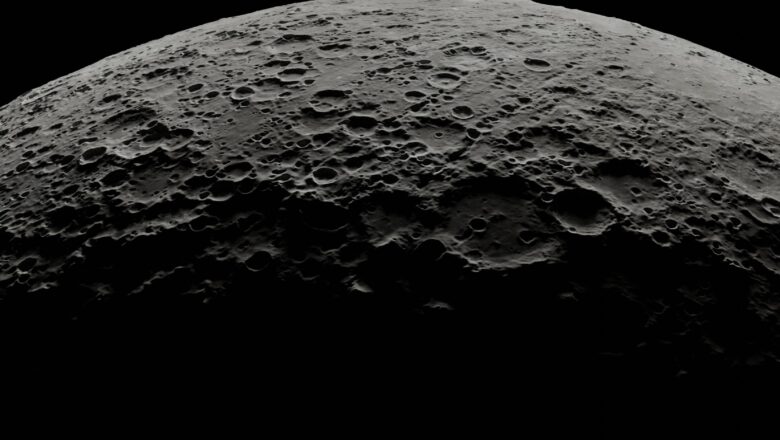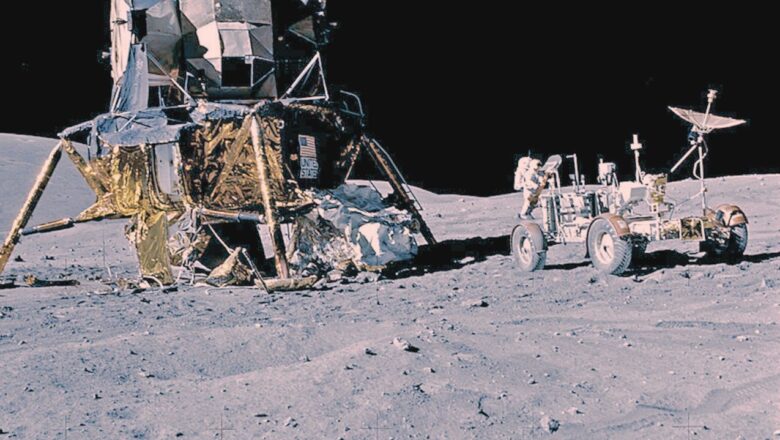
What Is a Black Moon and How You Can Experience This Rare Phenomenon
As the year comes to a close, skywatchers have the chance to witness a unique celestial event known as the "black moon." This term, though not officially recognized in astronomy, refers to the rare occurrence of a second new moon within a single calendar month. Popular among stargazers and amateur astronomers, the black moon offers a fascinating opportunity to observe the night sky under optimal conditions.
When and Where to See It
The black moon will occur on December 30 at 5:27 PM ET (2227 GMT) for those in the Americas. For viewers in Europe, Africa, and Asia, the event will take place on December 31, with observers in India able to witness the phenomenon at approximately 3:57 AM on the same day.
How Does a Black Moon Happen?
A new moon occurs when the moon and the sun share...




